UX is time-tested

Humanity flies on the wings of technological development, like a Porsche 911 on the German Autobahn. And at the end of this drive we have a lot of problems waiting for us: terrible climate change, psychological disorders, digital despotism (next stop is the metaverse). Despite this, we are constantly gaining speed.
My father worked as an engineer at the time of the second generation of computers - transistor computers. They were replaced by integral ones computers, and then everyone switched to microprocessors. In about 40 years, the computer turned from a huge cabinet into a small and thin box. At the same time, the capabilities and power of computers have grown exponentially. Technologies appeared, which Jules Verne himself would be envious of: smartphones with which you can instantly access the Internet and transfer a huge amount of data to another corner of the world.
It seems as if transience is the only stable phenomenon in our world. We don’t even have time to test one version digital product, how we get updates to it, or a completely different product altogether. Physical products have a longer life, but progress hits them too. And now your new smartphone is not new at all, because the manufacturer launched a new, much more powerful one and a more functional model.
Still, neither the designers in their desire to improve the reality around them, nor the fantastic artists of the past together with the futurists of today, will never undertake the redesign of certain items. After all, there are things whose design was created hundreds or thousands of years ago, and it has remained unchanged ever since. Of course, it did not go without some updates and modernization, but we still use it these things are almost exactly as they were before, because that design perfectly serves the function.
Before we dive into our journey through time, we need to agree on some concepts, recall the first rule of good design by Dieter Rams:
“Good design is innovative.”
But as UX designers, we look at it through our fingers, because we strive to make the complex simple, follow the path of known patterns and not we want to invent a bicycle. At the same time, if everything is so simple, and all problems already have a known solution, then why us dealing with these Jobs to be Done, doing a ton of research and having all this trouble?
Here we mention another rule of Rams:
“Good design never gets old.”
For example, scissors. The first scissors found by archaeologists date back to the 5th millennium BC. e. At first they were made whole and required the use of physical force to cut objects, but rather quickly the scissors received an update: a screw that connected two blades between each other in the middle. Later, only the materials and decoration changed. Dozens of varieties of scissors appeared, however, the vast majority of them have the same shape - the same that man created 5 thousand years ago.
User problem: cut nails without injury
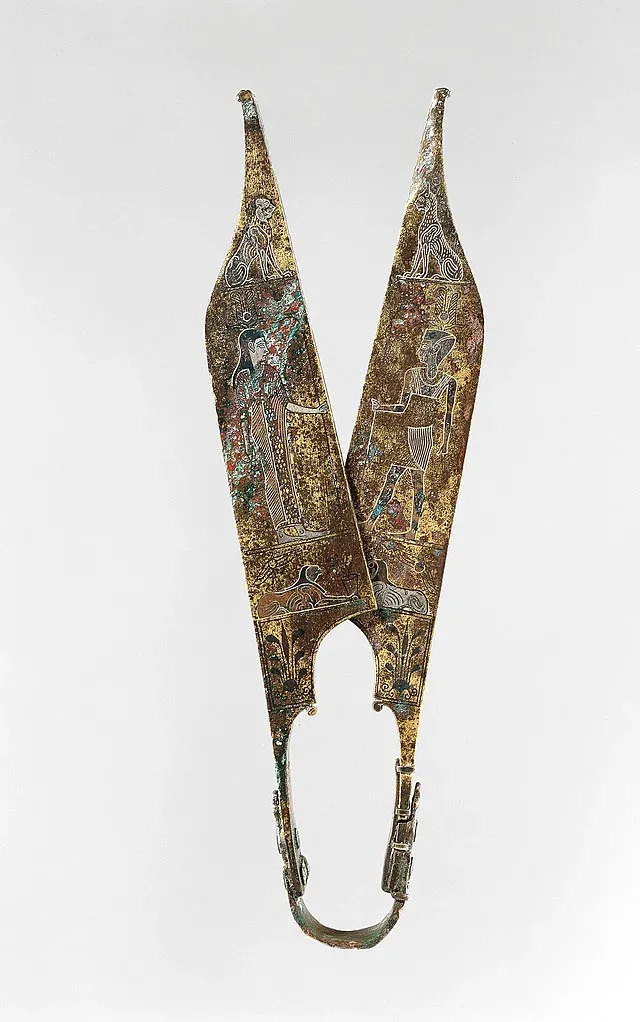
The first prototypes of the glasses known to us appeared at the end of the 13th century, but even then they lacked an important detail - brackets, which will keep them on their faces. This element was added only 5 centuries later. Since then, the design of glasses for vision has remained unchanged It is worth noting that technological development has led us to a new way of solving the problem of poor eyesight — contact lenses. But the lenses did not replace the glasses, but only became a good addition.
User problem: seeing the world around again

Cutlery has not undergone radical changes since its appearance. The knife was the first to appear: a person attached it to a short stick sharpened stones and it became a universal tool. Since then, the knife has undergone some updates, but conceptually it has not changed. Now we only attach sharpened steel to a wooden handle, and we have also learned to make many different types of knives depending on that we need to cut.
A little later, a spoon appeared. Take a look at this one, for example. This is not the Middle Ages or even antiquity. This bronze spoon came to us from China in the 2nd millennium BC.
User Challenge: Finally eating soup without getting burned
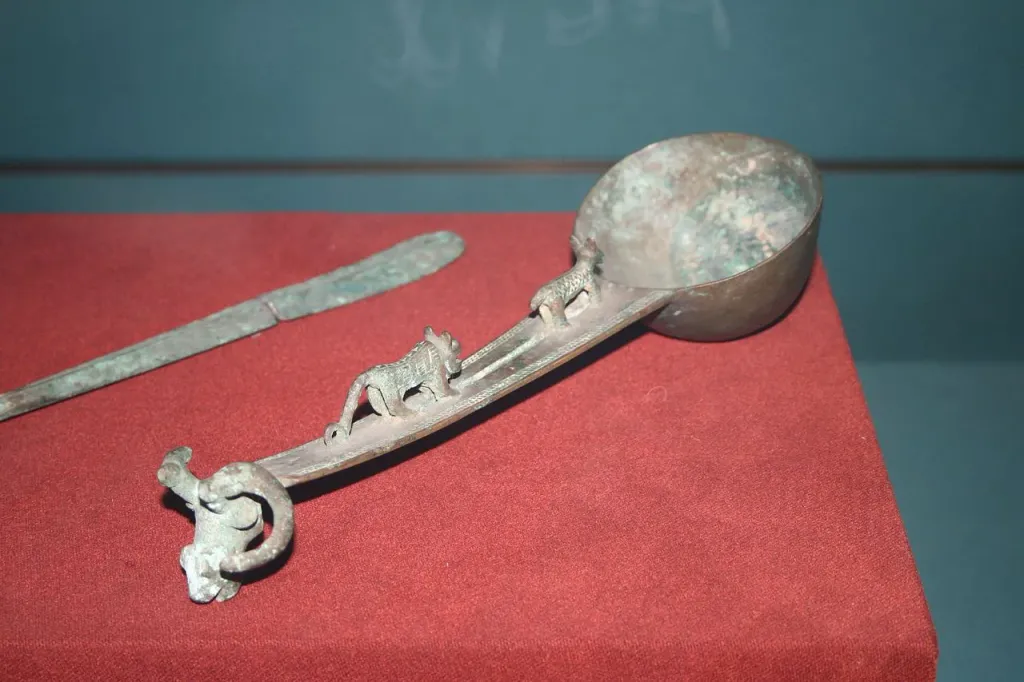
After the advent of personal computers, e-readers and smartphones, many predicted the death of ordinary paper books Technology and digitization have really had a significant impact on book printing and publishing. But a paper book through tactile and nasal sensations, it continues to bring readers much more endorphins than the electronic version.
The book can stand on the shelf for centuries, it is mobile, it can be signed by the author and thus increase its value. Also, if you lose your Kindle, you’ve lost your entire library with the device. A paper book is universal a means of transmitting information that has remained unchanged since the first copies appeared.
The user’s problem: because there is no way to keep all those prayers in your head!

One of the oldest phenomena that was embodied by people in physical objects is money.
Cash has not undergone radical changes over the past 3,000 years. And you can make sure of this by looking at an electrum coin(an alloy of gold and silver), which was found on the territory of modern Turkey. She is called the Lydian lion and she is no less than 2600 years. Around that time, the minting of coins with a unified style begins, and the first permanent trade ones appear points.
Currently, money, as an object of design and a subject of widespread use, is considered one of the main candidates for departure from the commonplace. From the time of paper money to cryptocurrencies, the funeral choir over cash has been singing louder and louder. But even in this era progress and online transactions, physical money will not disappear. They still have a higher level of protection and reliability, do not depend on the availability of electricity, and most importantly, they are more difficult to track. (I feel the skeptical look of many on me cryptocurrency preachers). But let’s return to this discussion in a few years.
User problem: all the cells are already filled with barter waste
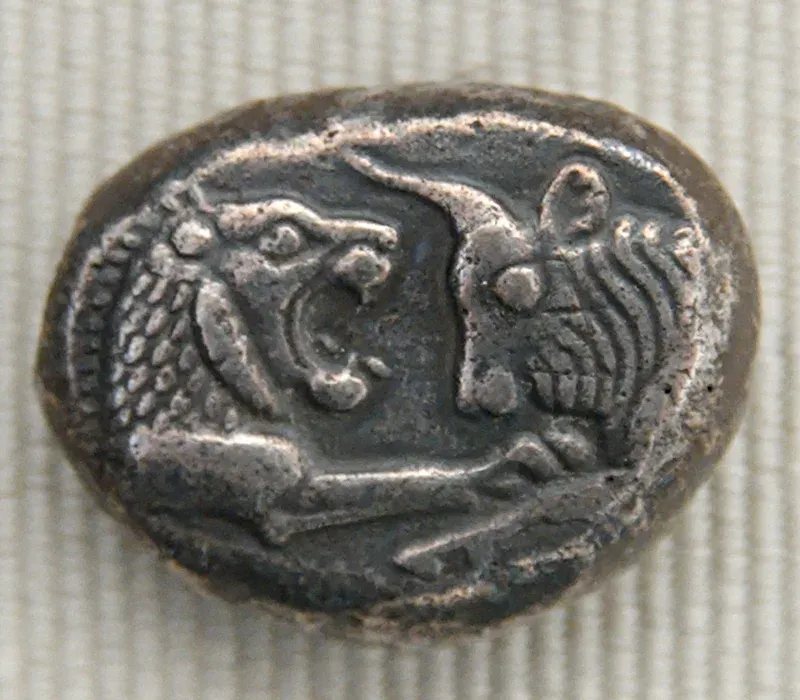
The nail is the absolute record holder for the constancy of its design. It is not known exactly when he appeared. Obviously the problem reliable fastening of one object to another appeared before man already at the dawn of our attempts to deal with tools. And although at first we coped with natural means at hand: fish bones and plant thorns, it could not last long. In the Bronze Age, people began to cast and forge metal nails.
Today, we have a huge army of various means of reliably fixing objects to each other, but the nail remains among them an unchanging general.
User Problem: Shit and sticks still don’t work
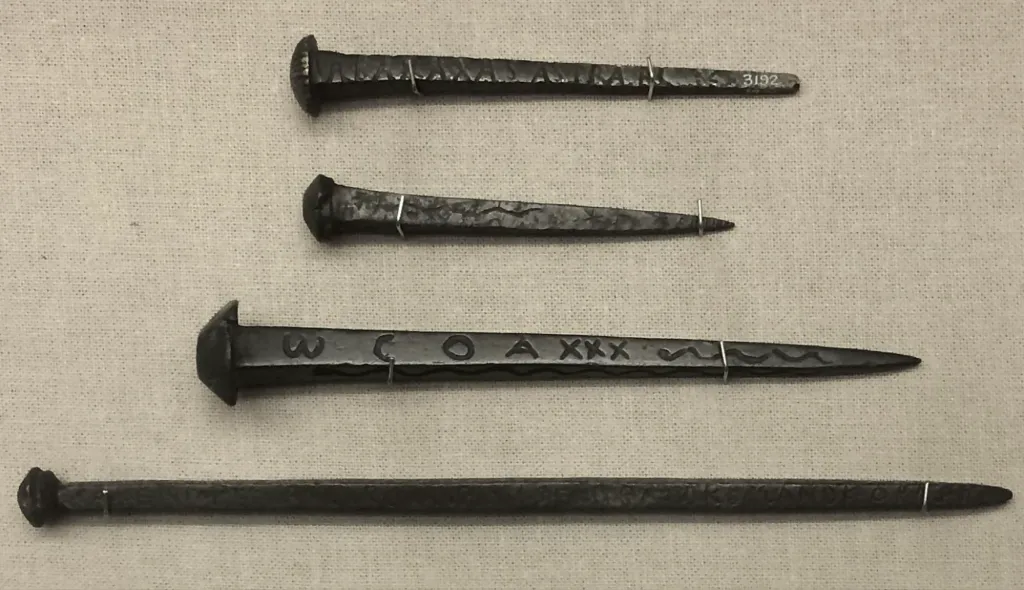
Finally, let’s take something “fresher”. For example, headphones. This product recently turned over a hundred years old. The first commercially successful headphones were created in 1910 in the USA, in the kitchen of Mormon Nathaniel Baldwin.
The inventor did not even patent his device, because he considered it easy and trivial. However, the US Navy immediately paid attention for a novelty and purchased Baldwin’s invention. Within a few years, he founded the Baldwin Radio Company, in which already in the 1920s 150 employees worked, and the annual profit was 2 million dollars. Incredible money at that time.
However, the company existed for a few years. In 1924, bankruptcy was announced. Nathaniel Baldwin was first after all a Mormon, and only later an inventor and businessman. He zealously fought for the rights and freedoms of Mormons, invested a lot money to Mormon fundamentalist organizations. It was religious fanaticism that ruined his fortune, business and fame as an inventor.
Over the 110 years of its development, headphones have undergone a number of improvements, and 10 years ago they got rid of wires. But I wonder if it will pass is this device tested for several centuries? Over the past few years, completely different devices have appeared, so-called”bone conduction headphones” that transmit audio directly to the inner ear through the cheekbones. Google Glass has become the first device that put this technology to work and popularized sound transmission almost directly to the brain, bypassing the ears.
User problem: I can no longer hear the neighbor’s drill
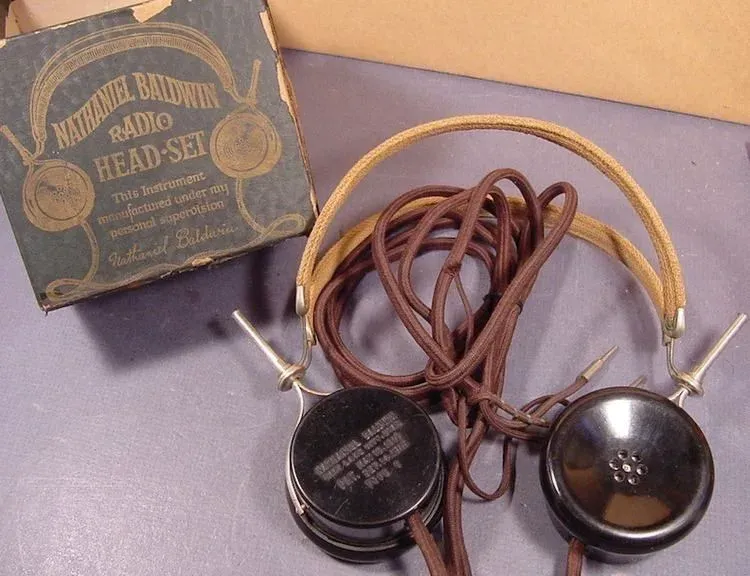
Of course, this is not a complete list of those items, the design of which has not changed, or has changed very little for a long time. But as a UX designer, I am most interested in whether we can leave behind something as durable and resistant to the digital dimension? Maybe the search bar is a good contender for eternity? Facebook or Wikipedia?..
If “good design never goes out of style”, then can digital design be good if it is always subdued technological innovations and trends? The answers to these questions will be revealed to us only with time.
